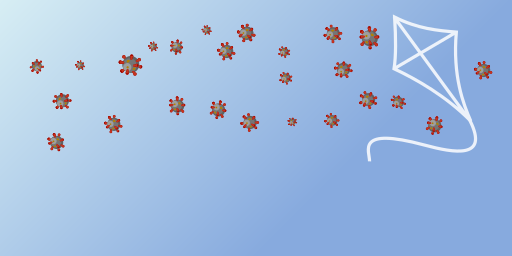Cell cultures are important techniques to investigate cellular processes in a simplified manner. The most commonly applied 2D models do not simulate most of the in vivo conditions whereas cryogels as promising 3D cell culture materials are able to provide both a structured microenvironment and tailored surface properties, similar to the natural extracellular matrix (ECM). Herein, we present the synthesis and characterization of hydrophilic cryogels with different 2-(methacrylamido) glucopyranose amounts followed by 3D cell culture experiments with L929 cells. Selected samples are additionally functionalized with fibronectin-FITC for improved cellular adhesion. The incorporation of different 2-(methacrylamido) glucopyranose amounts into the cryogels is demonstrated by Fourier-transform IR (FTIR) and solid-state NMR (ssNMR). The gels are able to withstand harsh autoclaving conditions as shown by thermogravimetric analysis (TGA) and ssNMR measurements. Pore size measurements by automated scanning electron microscopy (SEM) image analysis reveal similar pore sizes among the entire cryogel series. Confocal laser scanning microscopy (CLSM) images suggest the presence of healthy cells due to the absence of morphological abnormalities among the entire cryogel series. L929 cells settled deeper into the cryogels with increasing MAG content. With additional fibronectin functionalization, the cells are retained much stronger and stay in the upper gel layers.
KITE – EPIDEMIOLOGICAL MODELLING OF INFECTION SPREAD IN CHILD CARE FACILITIES
KITE (KIndergarten Test scenario Evaluator) is a state-based model for simulating the spread of different airborne viruses in kindergartens. The…
Mcat
Our MSOT cluster analysis toolkit enables the quantitative and automated analysis of multispectral optoacoustic tomography (MSOT) images. The pharmacokinetics of…







